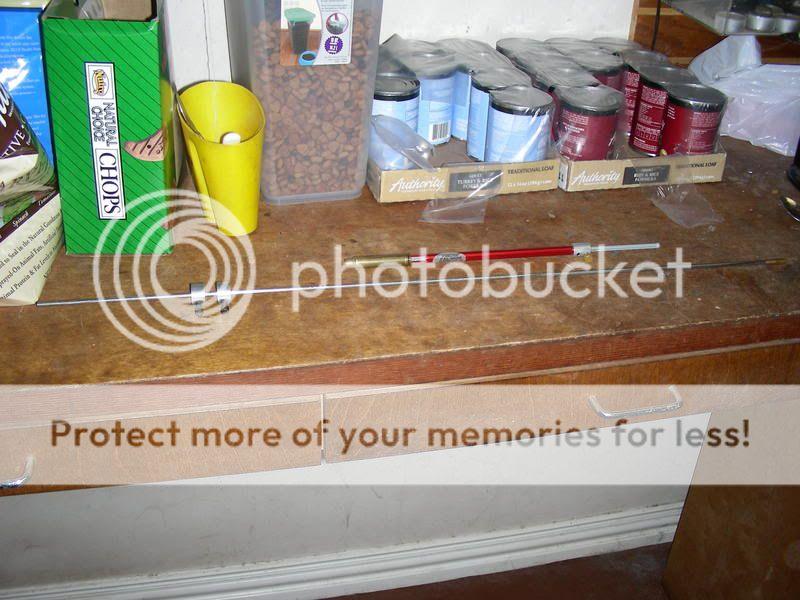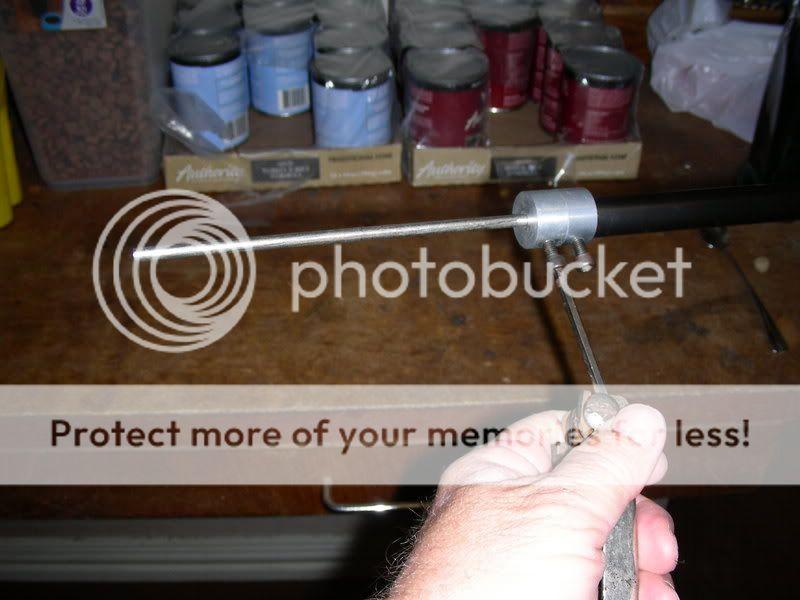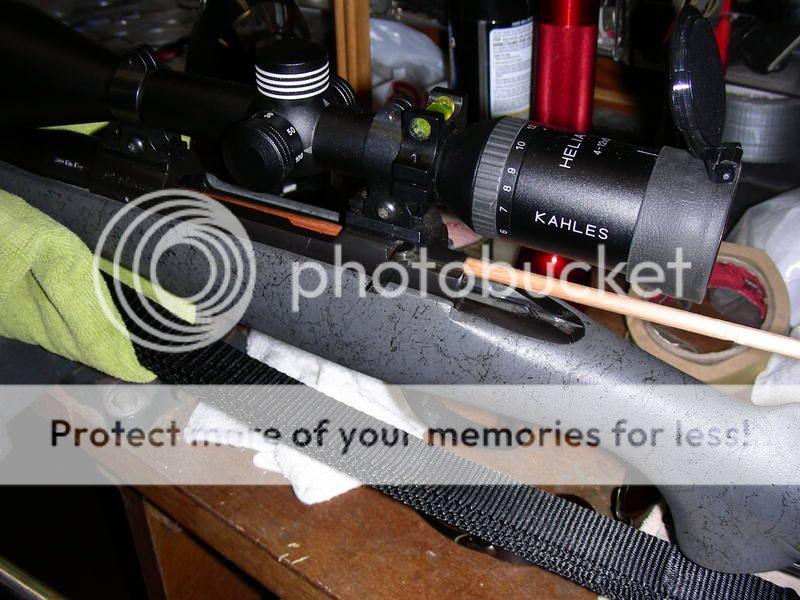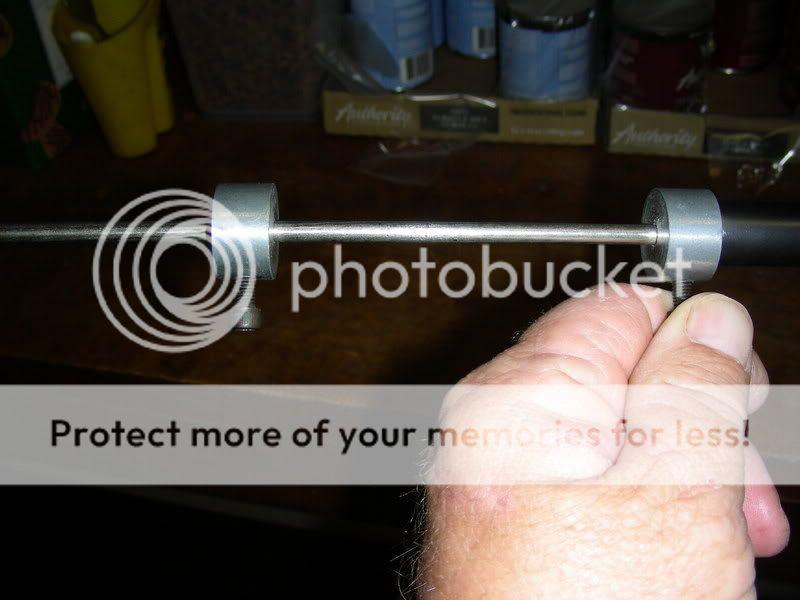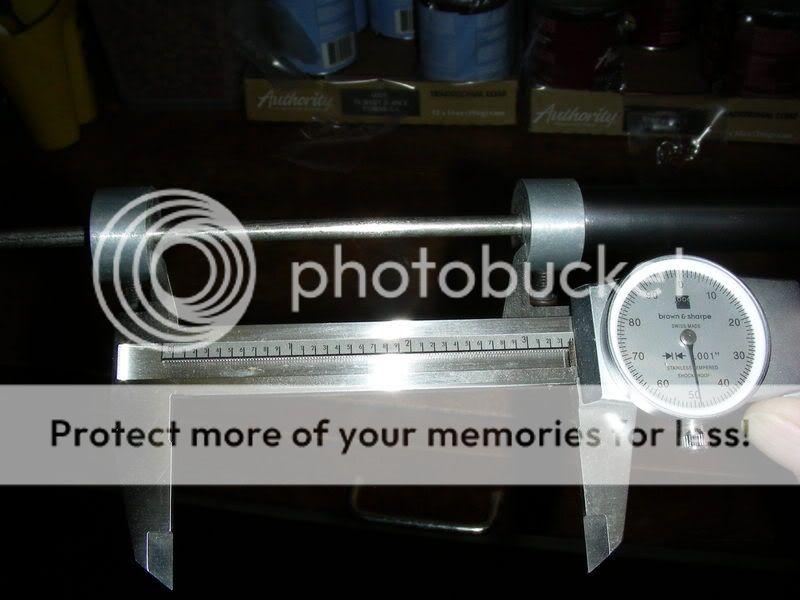simple!
deprime and sise a case, lube the bullet at the base now useing your press seat the bullet JUST enough to hold it in place and chamber the rnd, if it is shorter than when you chambered it you now know where your rifleing is just put it back into the seating die slowly screwing it down untill you have your .050 thou and you have a dummy for that bullet to set aside for " a checking rnd"
Mark and keep that with your bullet selection so that when you reload you can check that your seating die is where you want it.
YOU should know that when you change bullet brands, weights, or designs your seatting depth can change, so I keep a "checking rnd" for each brand/weight and type that I load

